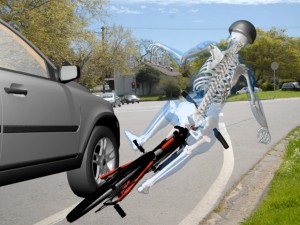Menu

Morgan Smith
When and Why Your Case Needs an Animation for Litigation
 More often than not, litigating a case boils down to persuasively explaining your theory of what happened.
More often than not, litigating a case boils down to persuasively explaining your theory of what happened.
You bring in experts and witnesses to testify. You show photographs, documents, charts and graphs to illustrate your point. That’s all good and important. But how do you bring all of that information together to make your case in the most clear, compelling way? The answer often is to create a 3D animation. (Some recent samples of Cogent Legal’s animations are shown in a short video below.)
If your case involves the following, then it could benefit from an animation:
- an injury
- a systems failure
- a product design
- an architectural plan or construction scene
- a sequence of events or transactions
- any combination of the above
Nothing is more powerful to enhance the visualization and understanding of what happened. Animations transport the viewers to the scene of the incident and allow them to look inside something they can’t ordinarily see—such as under the skin of the human body or inside the structure of a mechanical device—to understand the inner workings, which often is the key to presenting your case.

Attorneys sometimes indicate they think animations are only for “big” cases headed for trial, implying they don’t believe it’s worth the investment in smaller cases that are likely to settle. I reply that animations might cost less than one might think, since they’re fully scalable and as simple or as complex as desired; and, more importantly, they can pay for themselves by greatly enhancing a case. As I’ve emphasized in my earlier post, “Why Attorneys Should Treat Mediation Like Trial,” the case that’s best prepared for trial is the one most likely to settle with optimal results—and if it doesn’t settle, then you’re that much more ready to try it.
I’m fortunate to have an animator on staff, Jon Tolliver, who’s an expert in the 3D animation software called Maya as well as in CAD (Computer Assisted Design). Jon’s “toolbox” of things he uses to build 3D models includes photos, MRIs, Google maps, blueprints, expert testimony, and my favorite: two virtual staff members we really put through the wringer, “Charles” and “Diana.”
Charles and Diana are our male and female 3D human anatomy models who are the stars of our animations.The technology of these virtual models is really stunning, as every piece of the human anatomy is digitized to be shown and manipulated. Watch the one-minute video below to see Charles and Diana—and their innards—in action, along with scenes from a variety of recent animations we created for clients:
Before he earned his degree in animation and media arts, Jon worked in the construction trade as a carpenter. His hands-on experience of putting things together really enhances his 3D modeling skills. Please contact me if you’d like to learn more about the kinds of animations that Jon and Cogent’s other designers can develop for your case.

Recent Posts
- Proper Digital Discovery, Part IV: Using Drones in Modern Litigation
- Proper Digital Discovery, Part III: Using Digital Imagery in Modern Litigation
- Proper Digital Discovery, Part II: Electronic Measuring Data
- How to Obtain Proper Digital Discovery, Part I: Photography
- California Courts – Latest Updates
